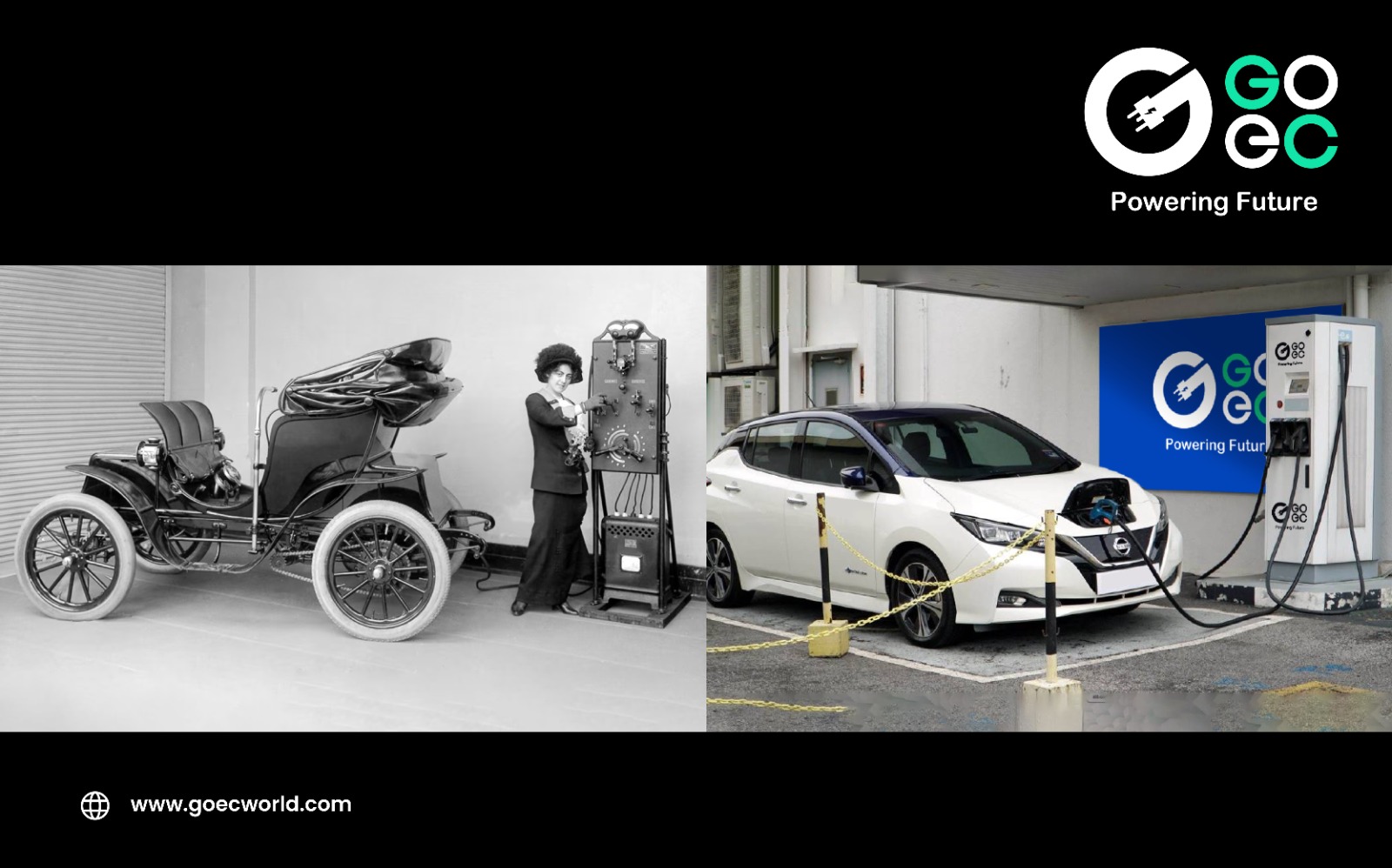Let’s take a ride through the fascinating history of electric vehicles and explore the current surge that has sparked a revolution in the automotive industry.
1. The Pioneering Years (1830 – 1880): The journey begins in the 19th century, where inventors like Robert Anderson, Ányos Jedlik, and William Morrison laid the groundwork for electric mobility. Morrison’s creation in the late 1880s is often credited as the first “practical” electric vehicle.
2. Transition to Motorized Transport (1880 – 1914): As the 20th century approached, a choice between steam, gasoline, and electric power emerged. Electric cars gained popularity, but Ford’s assembly line and the wider availability of gasoline shifted the tide in favour of internal combustion engines.
3. Rise of the Internal Combustion Engine (1914-1970): Gasoline-powered vehicles dominated the market, because of cheap fuel and advancements in internal combustion engines. Electric vehicles took a backseat for decades.
4. Return of Electric Vehicles (1970-2003): The 1973 Oil Crisis reignited interest in alternative fuels. Companies experimented with electric prototypes, yet challenges like limited range hindered widespread adoption. The introduction of the Toyota Prius in 1997 marked a turning point, paving the way for hybrid vehicles.
5. Electric Revolution (2003-2020): Enter Tesla Motors in 2003, with entrepreneurs Martin Eberhard and Marc Tarpenning leading the charge. Tesla’s success spurred major automakers like Nissan to join the electric race. Battery technologies improved, costs decreased, and EV’s became more accessible.
6. Tipping Point and Beyond (2021-Present): The growth of electric mobility is undeniable. With 26 million electric cars on the roads by the end of 2022 and EV sales reaching 10.6 million, the world has reached a tipping point. Governments, businesses, and individuals are embracing EV’s for a sustainable future.
7. The Future of Electric Cars: Looking ahead, the International Energy Agency predicts a monumental shift, with the global EV fleet projected to grow from almost 30 million in 2022 to about 240 million in 2030. Governments worldwide are setting ambitious targets, and major automakers are committing to an electric future.
8. India’s Electric Dream: India is not lagging behind. With a predicted CAGR of 49% in the EV market between 2022 and 2030, and significant budget allocations in the Union Budget 2023, India is gearing up for an electric revolution.
As we navigate through this electrifying journey, it’s evident that the road ahead is bright for electric mobility. The wheels of progress are turning, and the future promises a greener, more sustainable way forward.
